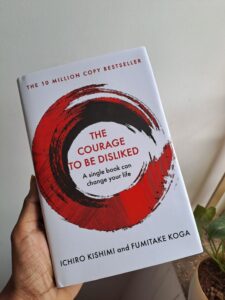In a world where trade policies often read like dry economic textbooks, the latest spat between the United States and China has turned into something far more entertaining—a high-stakes, headline-grabbing showdown that feels equal parts poker game and playground squabble. Picture this: two economic titans, armed not with swords but spreadsheets, dueling over tariffs like competitive siblings arguing over the last slice of pizza.
The saga began innocuously enough. Back in February, the U.S. slapped a 10% tariff on Chinese imports, a move President Trump framed as “putting America first.” But Beijing, never one to back down from a challenge, retaliated with a matching 10% duty. What followed was a tit-for-tat escalation straight out of a slapstick comedy—except the stakes were billions of dollars, Hollywood blockbusters, and the pride of two superpowers.
Fast-forward to today, and the numbers have ballooned to levels that would make even Monopoly money blush. The U.S. now imposes a 145% tariff on select Chinese goods, while China, with a theatrical flourish, has capped its retaliatory rate at 125%. In a statement dripping with dry humor (and translated via Google, no less), China’s Ministry of Finance declared the U.S. was on track to become an economic “joke,” adding that further tariff hikes “no longer make economic sense.”
But this isn’t just about numbers. It’s about popcorn-worthy drama. When China isn’t tweaking tariffs, it’s flexing creative muscle elsewhere. Last week, Beijing quietly axed the number of Hollywood films allowed into its cinemas—a subtle jab at America’s cultural soft power. Meanwhile, U.S. companies in China found themselves tangled in red tape, their import-export rights suddenly as elusive as a decent cup of coffee in a decaf world.
Economists, clutching their calculators like talismans, warn of collateral damage. “At 125%, Chinese consumers might as well buy locally made gadgets instead of iPhones with a side of gold leaf,” quipped one analyst. Yet, behind the punchlines lies a sobering truth: small businesses and global supply chains are caught in the crossfire, collateral damage in a war of egos.
So, what’s next? China’s final tariff salvo comes with a cheeky caveat: “If you keep playing this game, we’ll just… stop playing.” But don’t mistake this for surrender. Beijing has hinted at “other forms of counterattack,” leaving room for plot twists—think trade restrictions on rare earth minerals, or a sudden obsession with auditing U.S. firms.
As the world watches, popcorn in hand, one thing’s clear: this isn’t just a tariff war. It’s a lesson on how global economics can morph into a spectacle of wit, whimsy, and warning labels. And somewhere, a history textbook is taking furious notes.

